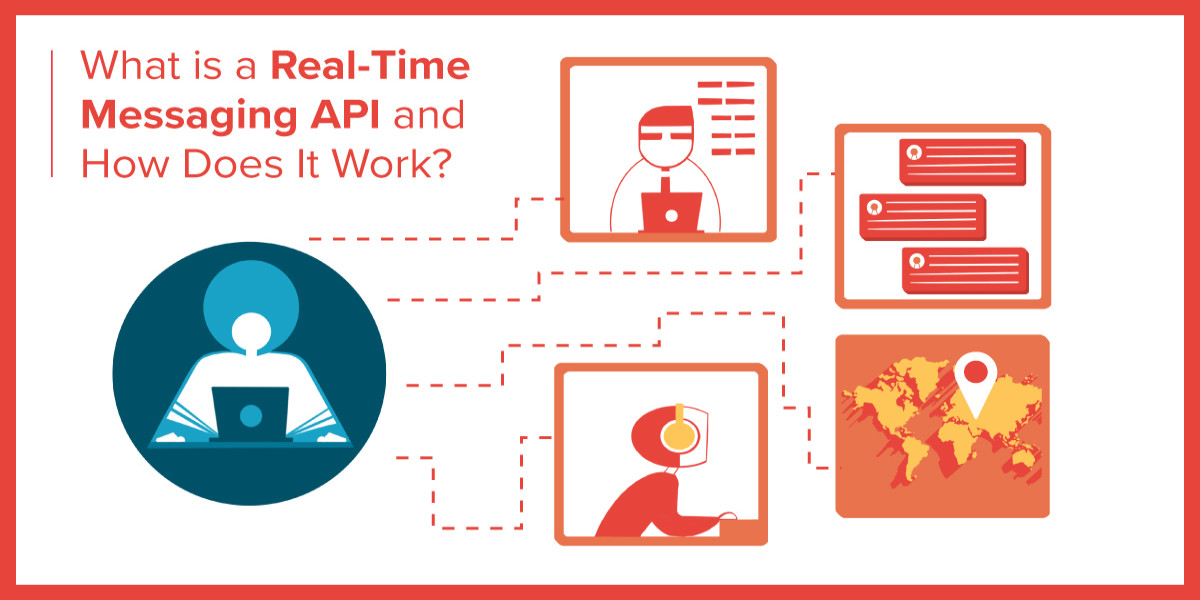What is APN (Apple Push Notification Service)?
APNs, or Apple Push Notification Service, is a service created by Apple that allows third-party developers to send notifications from their servers to iOS devices (iPhone, iPad), macOS devices, Apple Watch, and Apple TV. It is crucial for delivering real-time alerts and updates to users, such as messages, app alerts, and notifications for other relevant events.
Functionalietes of APNs:
Purpose: Allows apps to notify users of new information, even when the app is not running. Supports notifications in various forms, including badges, sounds, and alerts.
How Apple Push Notification Service work?
Developer Side: Developers register their app with APNs and obtain a device token for each device that has the app installed. The device token is a unique identifier for the app-device pair. Server Side: The developer’s server sends the notification payload and device token to the APNs. APNs: The service routes the notification to the correct device. Notification Payload:Contains data in JSON format. Specifies how the notification should be presented (badge number, alert text, sound, etc.). Can also include custom data for the app to process when the notification is received. Security: APNs use SSL/TLS to secure the communication between developer servers and the APNs. Device tokens are used to uniquely identify devices and ensure notifications are delivered correctly.
APN limits
Apple Push Notification Service (APNs) has several limits and constraints that developers must be aware of when implementing push notifications. Here are some key limits:
1. APN Payload Size
Maximum Size 4 KB (4096 bytes)
Includes The entire JSON payload, which includes the APS dictionary and any custom data.
2. Notification Rate
There is no officially documented limit on the rate at which you can send notifications, but Apple may throttle excessive or abusive traffic. It's important to manage notification rates to avoid reaching thresholds that may impact delivery reliability.
3. Device Token Validity
Device tokens can change, especially when the app is reinstalled or the device's operating system is updated. Always fetch and update the device token regularly to ensure notifications are sent to the correct address.
4. Apple Connection Limits
Maximum Concurrent Connections You can open multiple connections to APNs, but Apple recommends keeping connections to a minimum for efficiency and avoiding excessive resource use.
5. Quality of Service (QoS)
APNs supports a priority flag to determine the urgency of notifications.
High Priority (10) Delivered immediately if possible.
Low Priority (5) Delivered at a time that conserves power.
6. Push Expiration
Notifications can have an expiration date specified to tell APNs when the notification is no longer relevant. If the device is offline, APNs stores the notification for a limited time (up to the expiration date) before discarding it.
7. Silent Notifications
Used for background content updates without alerting the user. These are subject to stricter delivery limits to preserve battery life and minimize data usage.
8. Notification Categories
Notifications can be configured with categories for actionable notifications, allowing users to interact with the notification directly.
9. VoIP Notifications
VoIP apps have specific requirements and limitations, particularly regarding notification rate and payload content.
10. Quality of Service (QoS) Queue
APNs maintains a QoS queue for each device to ensure that notifications are delivered in the correct order. The most recent notification for each device may replace an earlier one with the same collapse identifier.
Types of APN Notifications:
Remote Notifications: Sent by the app’s server via APNs.
Silent Notifications: Used to update the app content in the background without alerting the user.
APN Use Cases:
Messaging apps notifying users of new messages.
Social media apps updating users on likes, comments, or shares.
News apps delivering breaking news.
Productivity apps reminding users of tasks or deadlines.
How does PubNub work with APNS?
Sending a message from a client device is done using the PubNub API. PubNub then takes responsibility for delivering that message to the target device(s) using an APNS push message (if registered).
Both PubNub and APNS are highly scalable, and when used together, they can enhance your user’s mobile experience.


